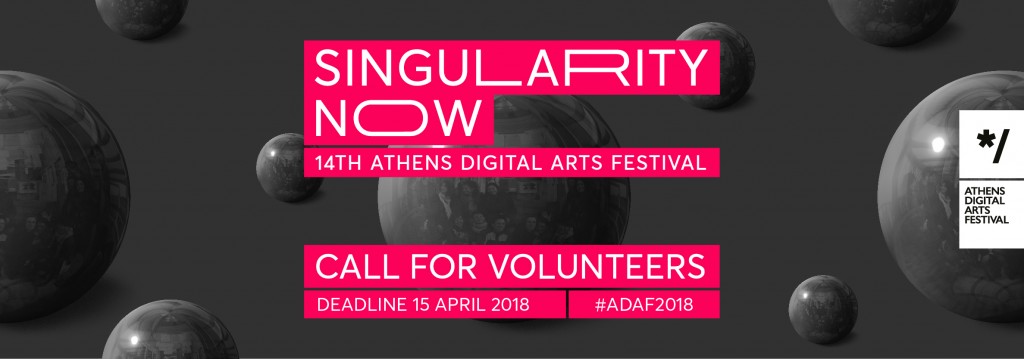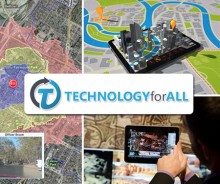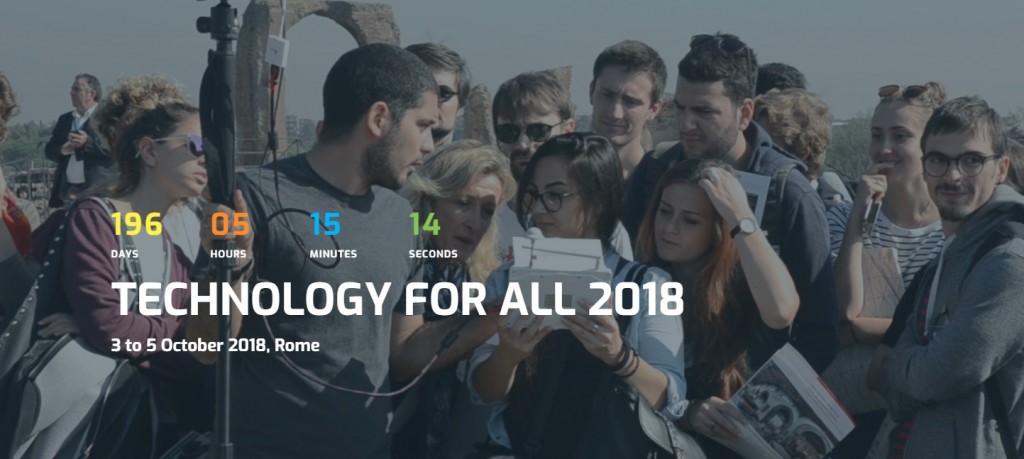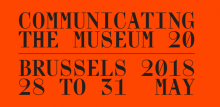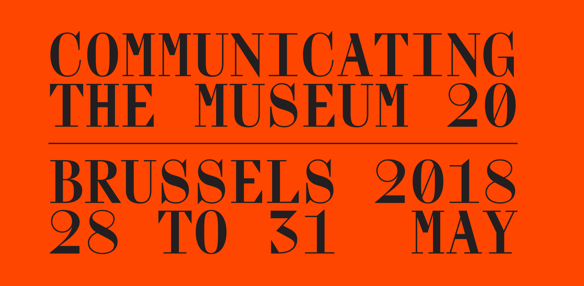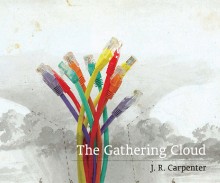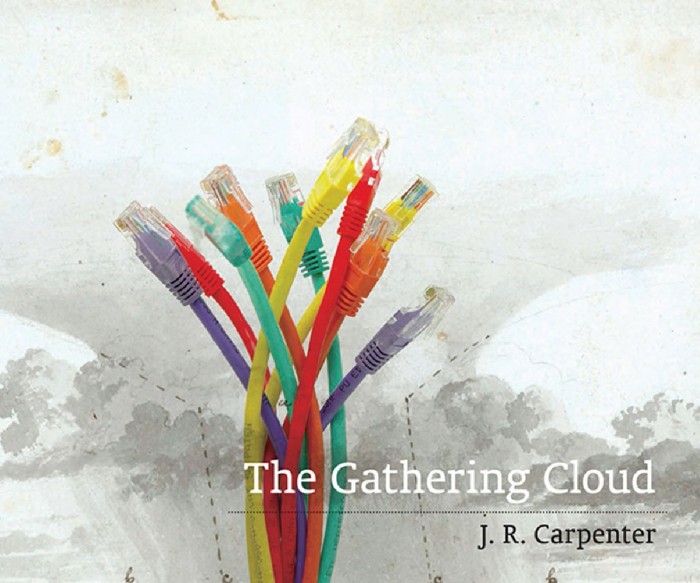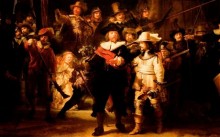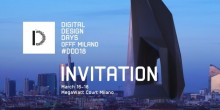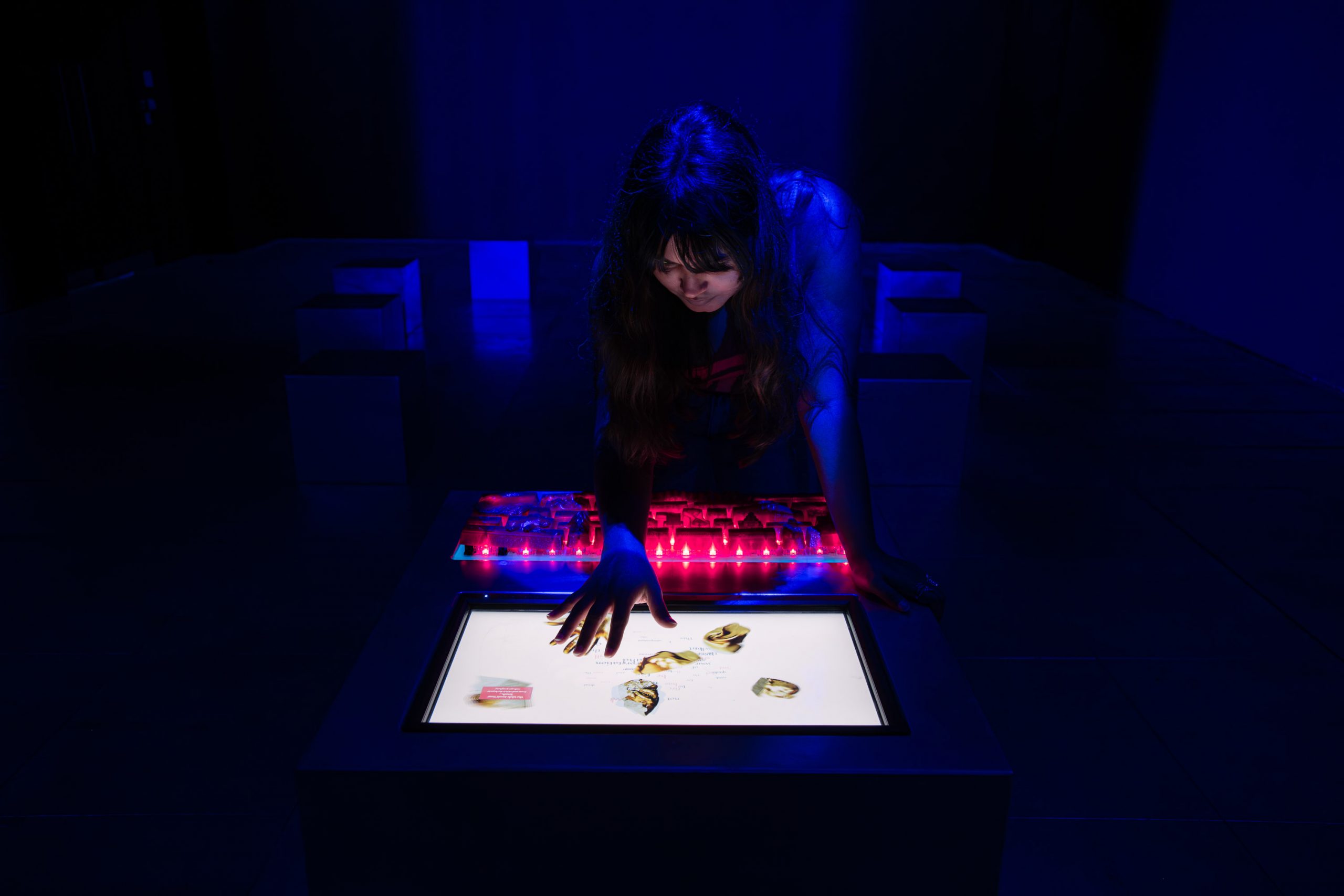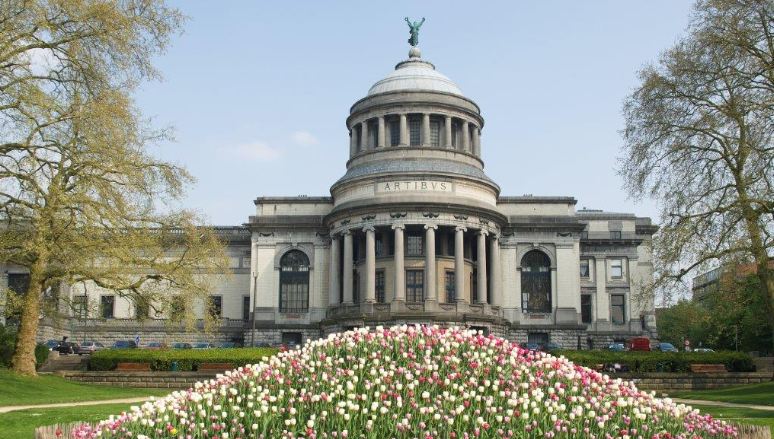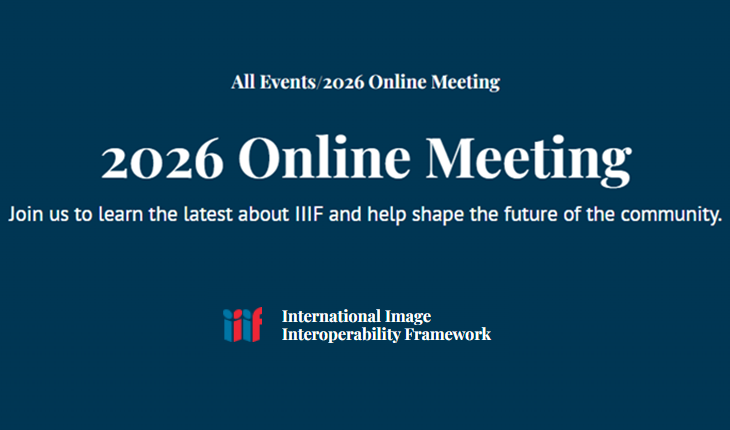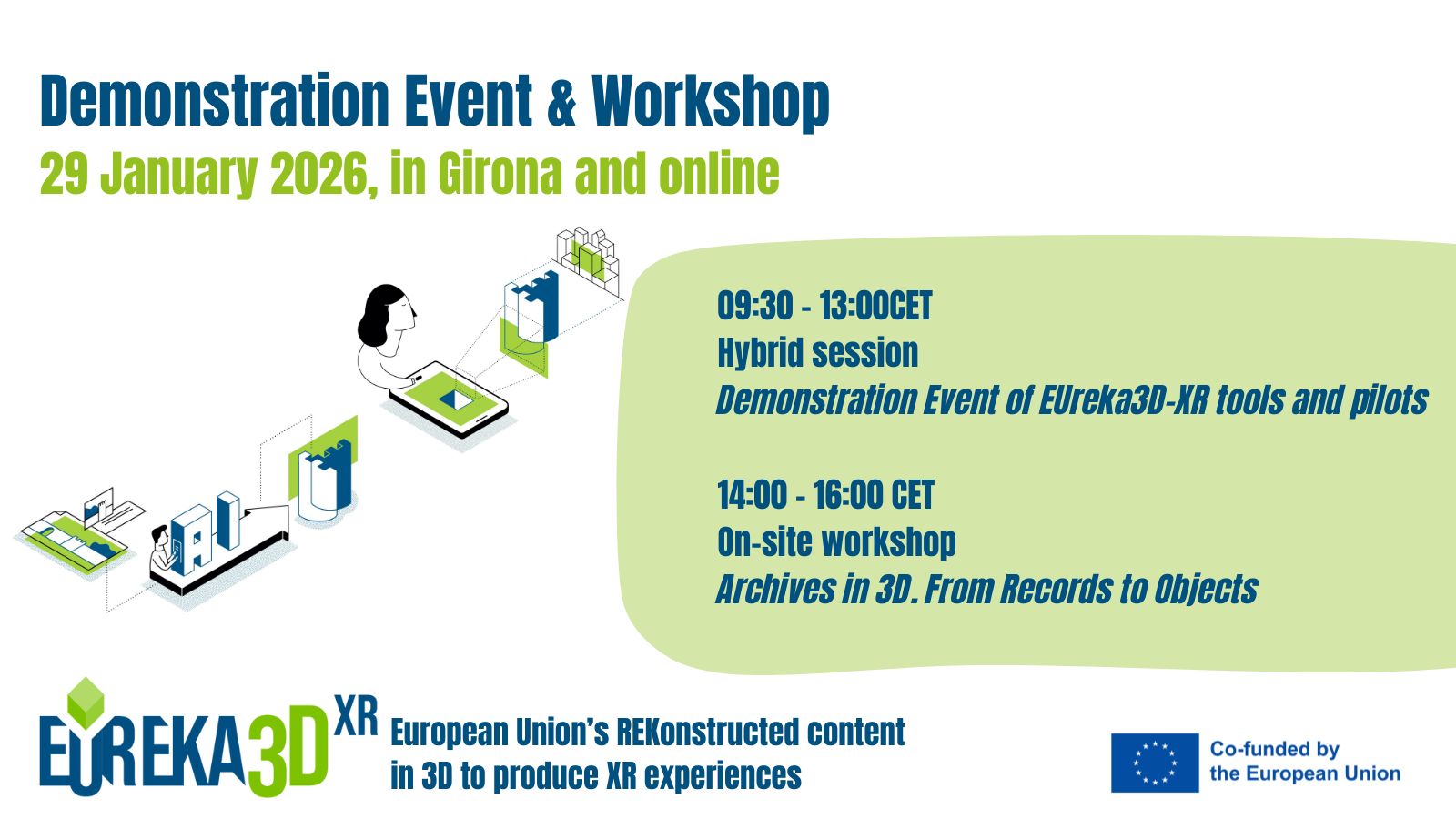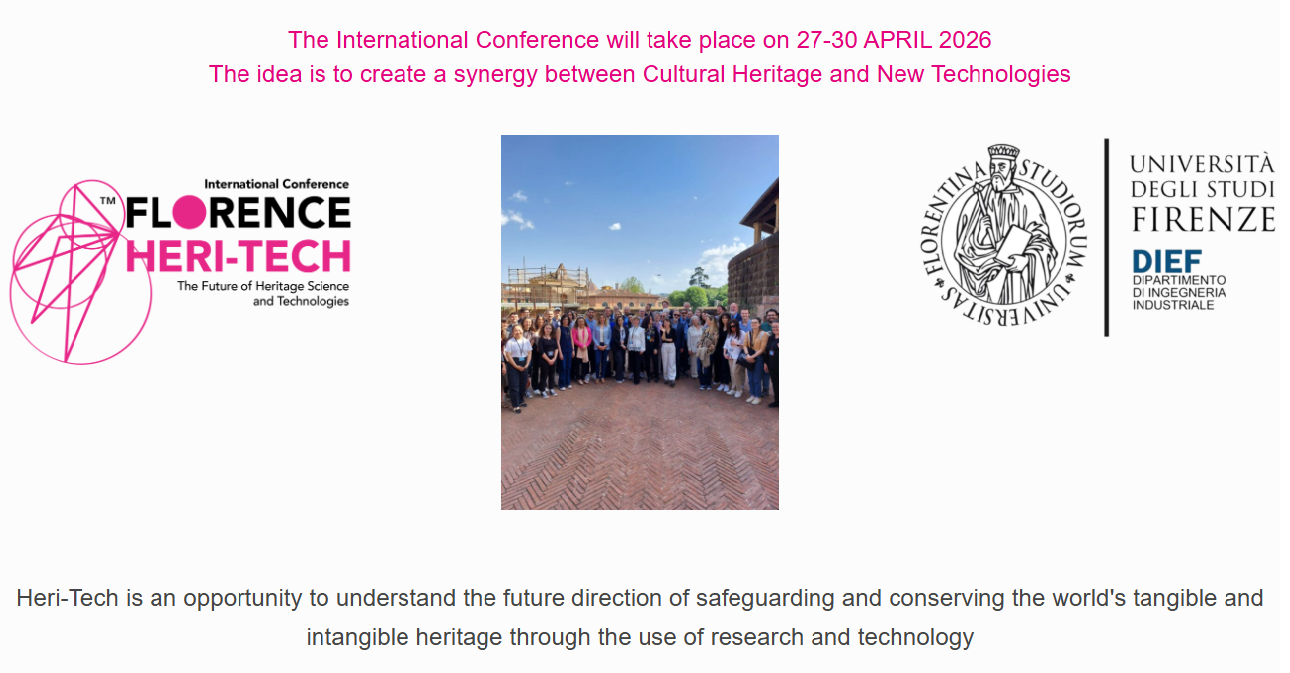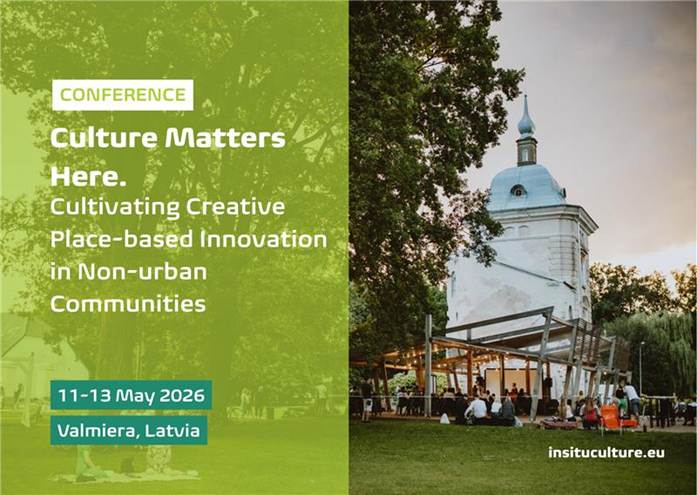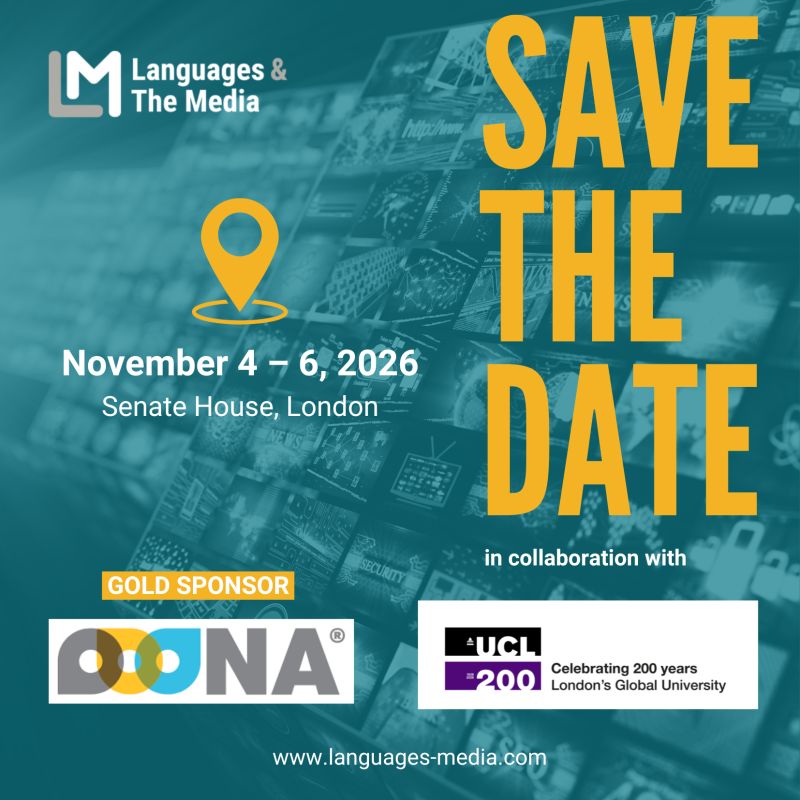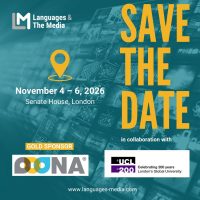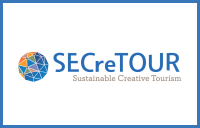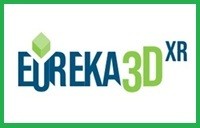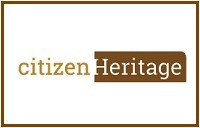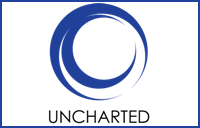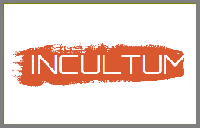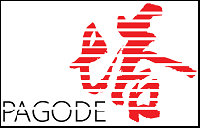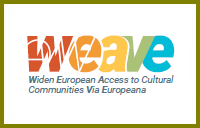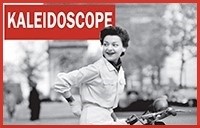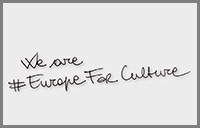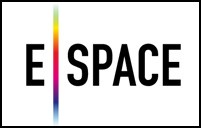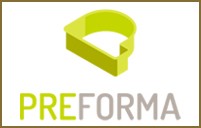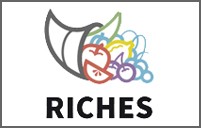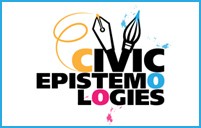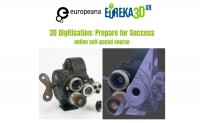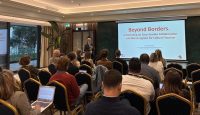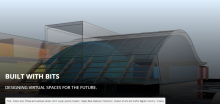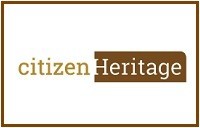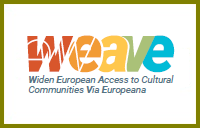The high-level event took place on 20th March in the framework of activities of the European Year of Cultural Heritage
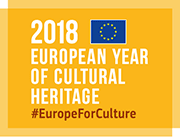 A Horizon 2020 conference of The European Year of Cultural Heritage was organised in Brussels by the European Commission Directorate General for Research and Innovation, in close cooperation with the Directorates General for Education and Culture and for Communications Networks, Content and Technology.
A Horizon 2020 conference of The European Year of Cultural Heritage was organised in Brussels by the European Commission Directorate General for Research and Innovation, in close cooperation with the Directorates General for Education and Culture and for Communications Networks, Content and Technology.
Focus of the event was on showcasing the dialogue between contemporary European society and the most promising innovation initiatives in the field of Cultural Heritage, supported by the EU. Commissioners Carlos Moedas (Research, Science and Innovation), Tibor Navracsics (Education, Culture, Youth and Sport) and Mariya Gabriel (Digital Economy and Society) participated in the conference and its interesting discussions.
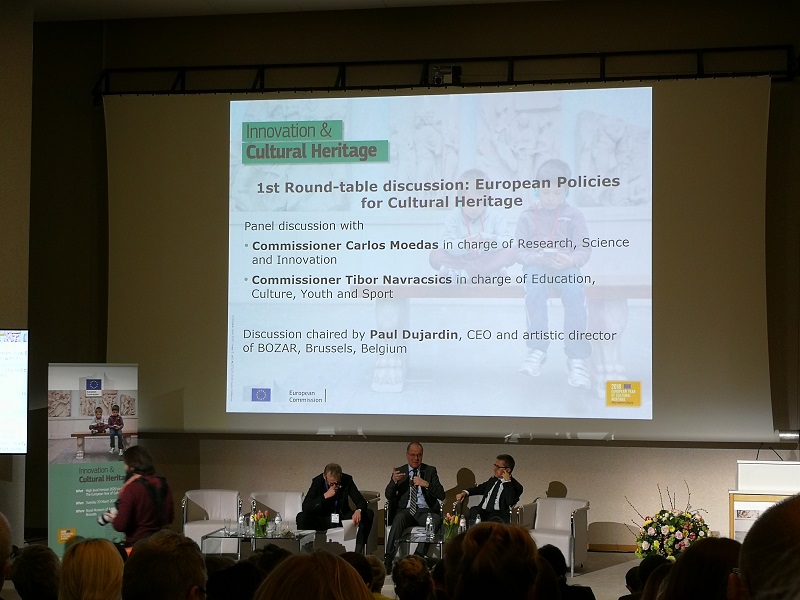
Most European citizens consider Cultural Heritage to be very important to create cohesion at the European level and new job opportunities, and the most important challege for EU research and innovation policy is improving access and sharing of Cultural Heritage by promoting new ideas, new forms of social organisation and human agency.
REACH project, because of its research on participatory approaches in culture, was represented at the event by network coordinator Antonella Fresa. On the occasion of the conference, dissemination materials and the invitation to the Budapest Opening Conference were distributed to the participants. During the programme, a presentation about Innovation in Cultural Heritage Research was delivered by prof. Gábor Sonkoly, Dean of the Faculty of Humanities at Eötvös Loránd University of Budapest.
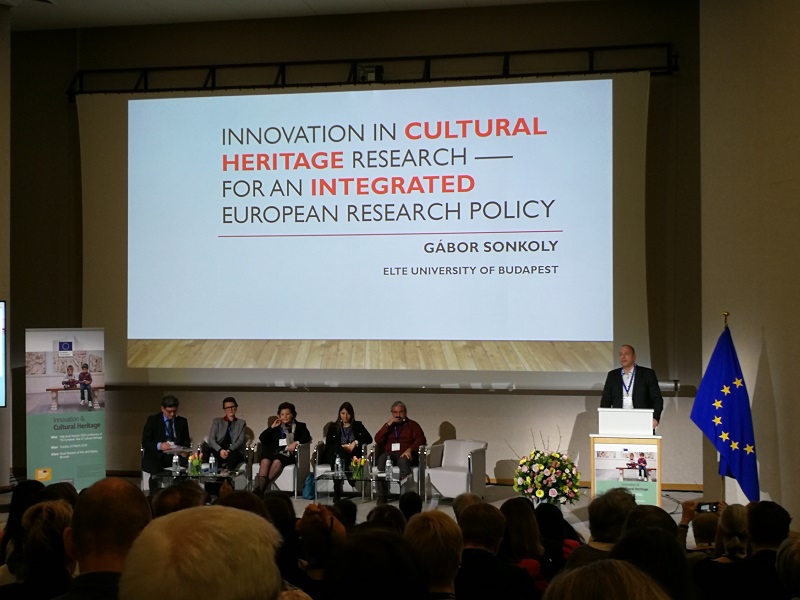
Also, Prof. José Civantos from the University of Granada, mentioned the partnership of MEMOLA project with REACH Social Platform, during his talk about community-led traditional cultural landscape management. In addition, the conference also saw a presentation of the ROCK project, that is associated to REACH, by Pamela Lama from the Municipality of Bologna.
Report and outcomes are available at the conference webpage:
https://ec.europa.eu/info/events/innovation-and-cultural-heritage-2018-mar-20_en
Conference Program
Read more about the conference on Horizon, the EU Research and Innovation magazine
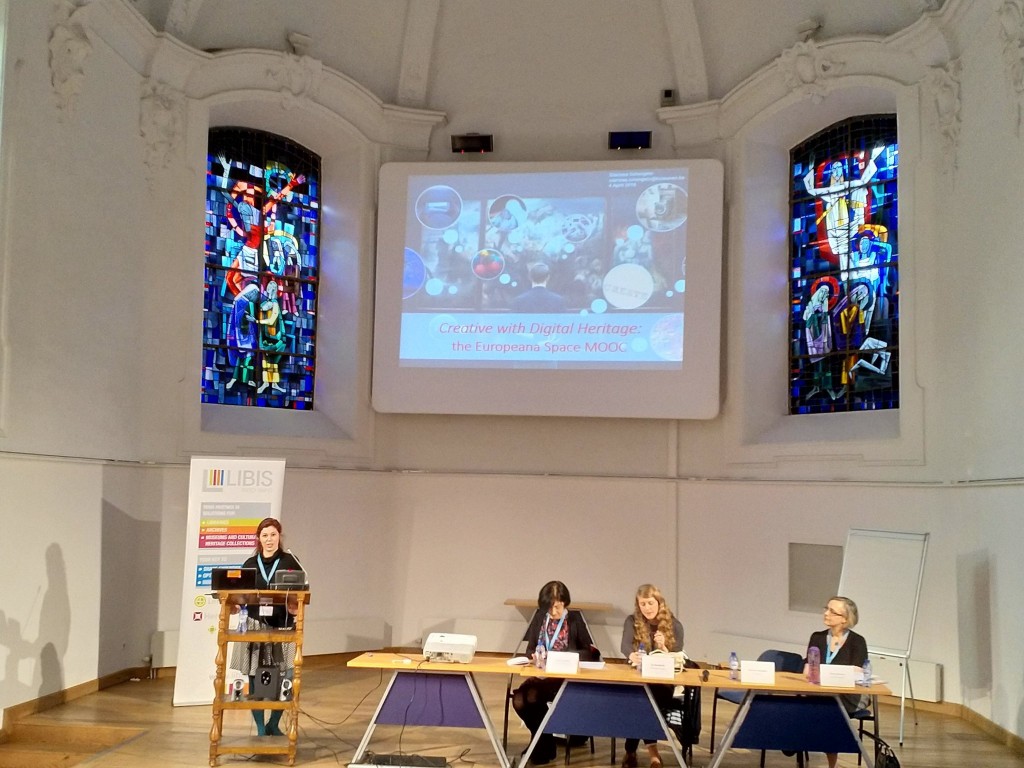 Among the presentations, Clarissa Colangelo (KU Leuven) illustrated the E-Space MOOC “Creative with Digital Heritage”, that has achieved a successful second edition this year and will be repeated again in the future.
Among the presentations, Clarissa Colangelo (KU Leuven) illustrated the E-Space MOOC “Creative with Digital Heritage”, that has achieved a successful second edition this year and will be repeated again in the future.



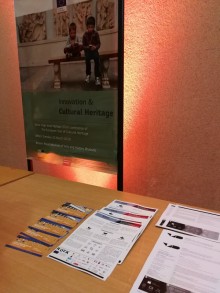
 A Horizon 2020 conference of The European Year of Cultural Heritage was organised in Brussels by the European Commission Directorate General for Research and Innovation, in close cooperation with the Directorates General for Education and Culture and for Communications Networks, Content and Technology.
A Horizon 2020 conference of The European Year of Cultural Heritage was organised in Brussels by the European Commission Directorate General for Research and Innovation, in close cooperation with the Directorates General for Education and Culture and for Communications Networks, Content and Technology.


